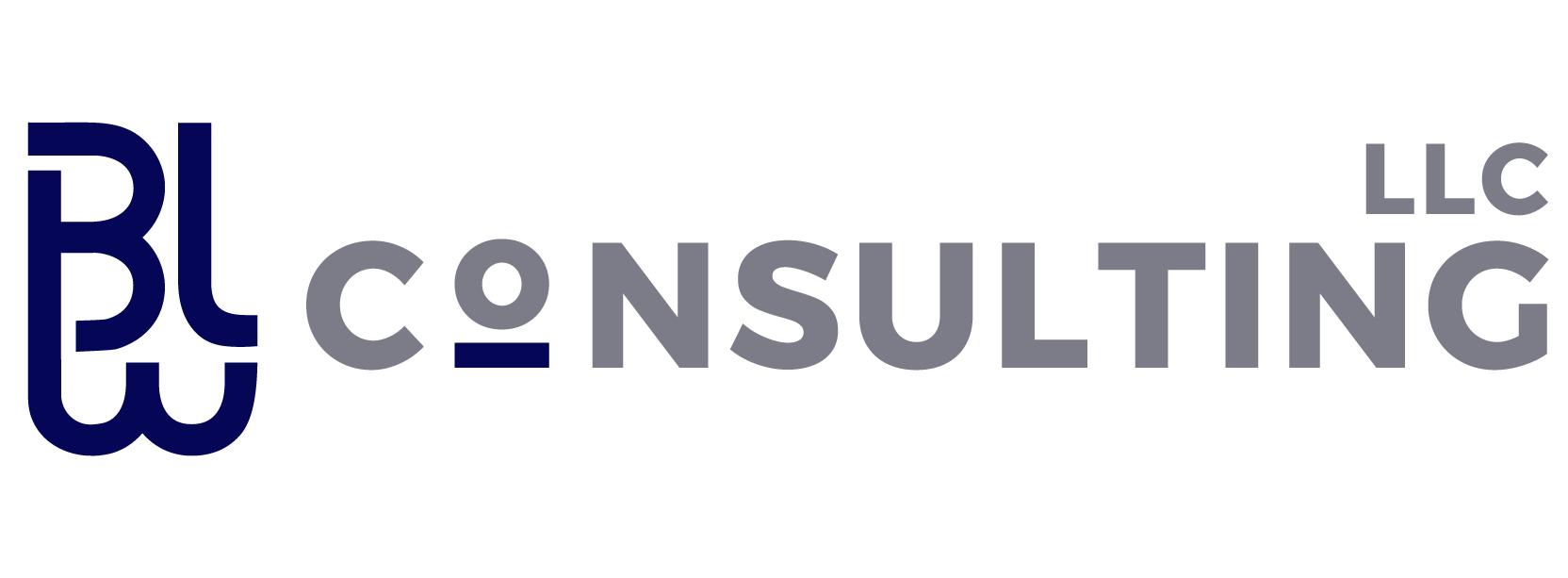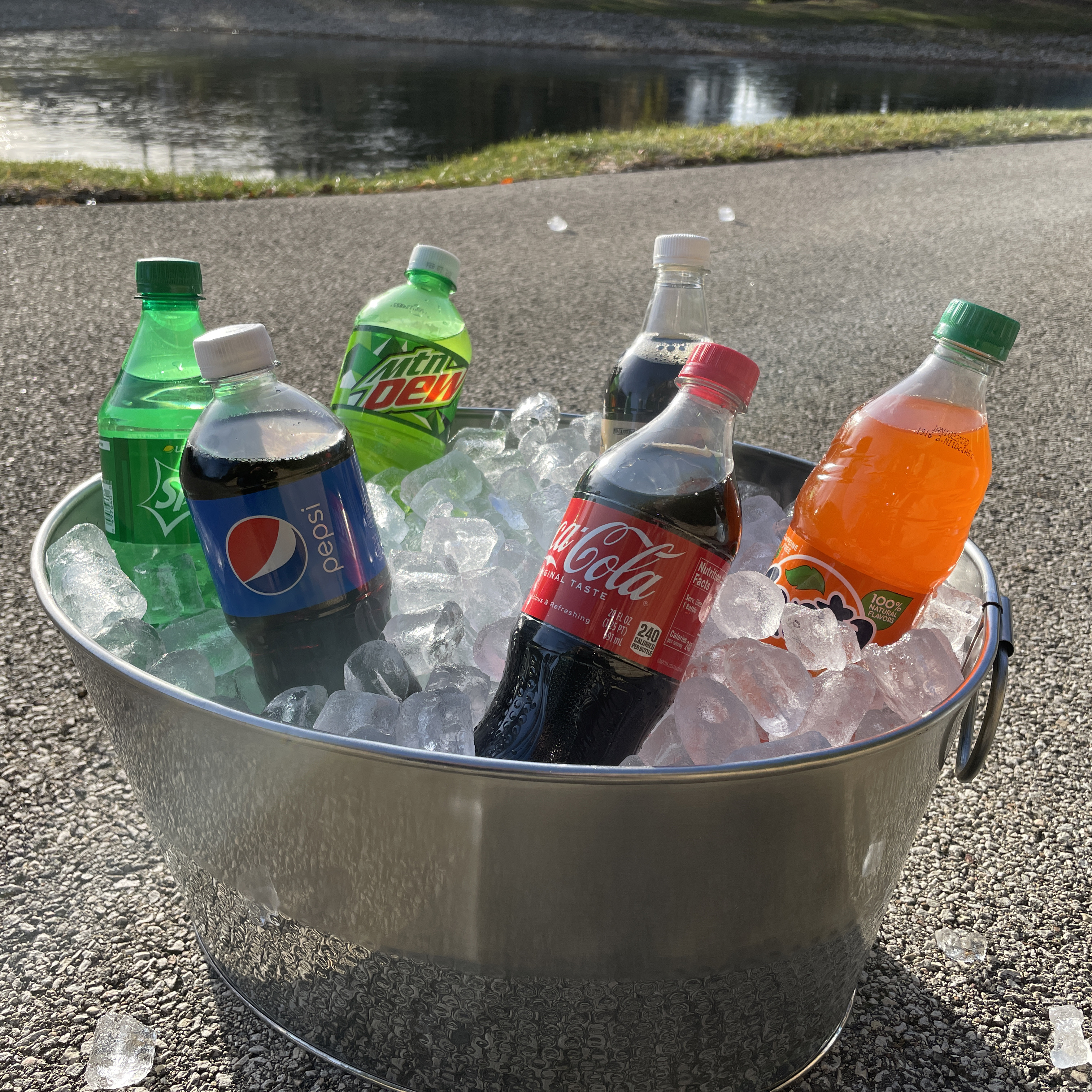SWEETENED BEVERAGE TAX IMPLEMENTATION
CHALLENGE
Correctly interpret the Cook County 1 cent per ounce Sweetened Beverage Tax Ordinance and update existing client operating systems to properly collect and remit the tax.
SOLUTION
I studied the Cook County Sweetened Beverage Tax Ordinance, Sweetened Beverage Tax Regulations, and related guidance issued by the Cook County Department of Revenue to gain a thorough understanding of the Ordinance.
I scheduled the required physical inventories, calculated the required taxes, and filed the appropriate returns.
Per Ordinance regulations, the retail prices were updated in the Point Of Sale (POS) system to include the calculated Beverage Taxes.
BUSINESS VALUE
The initial Floor Inventory tax was remitted on time.
My client did not incur any Sweetened Beverage Tax fines or penalties.
Upon repeal of the Beverage Tax Ordinance, I successfully obtained a refund for the remaining portion of the Floor Inventory tax.
In November 2016, the Cook County Board of Commissioners issued an ordinance imposing a 1 cent per ounce tax on the retail sale of all sweetened beverages in Cook County. The Commissioners designed the law to raise tax revenues while battling childhood obesity. The Country’s largest soda tax was originally effective July 1, 2017, but court challenges delayed implementation until August 1, 2017. The tax was complex, based on new product definitions, and required a floor inventory as of August 1, 2017. On October 11, 2017, the Cook County Board of Commissioners officially repealed the tax after a 15 – 1 committee vote, effective December 1, 2017.
The Sweetened Beverage tax represented a paradigm shift in calculating and processing a sales tax.
- The Sweetened Beverage tax was calculated based on the number of whole ounces within a sweetened beverage (defined by the Ordinance). Historically, sales taxes were typically calculated based on the retail price.
- The Sweetened Beverage tax was required to be included in the displayed retail sales price. Sales tax was usually calculated by a POS system and itemized on the receipt. Opponents of the tax posted product shelf signs showing the Sweetened Beverage taxes per 12-pack.
- Beverage Distributors (ex. Pepsi) were responsible for remitting collected sweetened beverage taxes to the County. Retailers typically collected and remitted sales taxes.
The penalties for failing to comply with the ordinance were significant and included:
Any person determined to have violated this Article, as amended, by failing to file a return and/or failing to remit taxes shall be subject to the penalties listed in the Cook County Uniform Penalties, Interest and Procedures Ordinance, Chapter 34, Article III. Any person determined to have violated any other provisions of this Article shall be subject to a fine of $1,000 for the first offense, and a fine of $2,000 for the second and each subsequent offense. Separate and distinct offenses shall be regarded as committed each day upon which said person shall continue any such violation, or permit any such violation to exist after notification thereof.
I researched the Cook County legislature documents and commentary to understand the Sweetened Beverage Tax Ordinance. After reaching out to the County Department of Revenue for clarification on whether specific retail products (ex., milkshakes) were considered taxable sweetened beverages, I performed the following steps.
- I identified which beverage products sold by my client were subject to the Sweetened Beverage Tax. This included bottled sodas & teas and fountain drinks purchased from beverage distributors. It excluded products where the primary ingredient was milk.
- My client annually purchased bottled old-fashioned sarsaparilla from an Iowa distributor. We anticipated that they would not register as a distributor with Cook County, so I researched the proper treatment for remitting any related taxes. The Ordinance was repealed before the client’s annual purchase occurred.
- I scheduled a floor inventory of the identified sweetened beverages and calculated the related taxes. The Floor Inventory taxes were paid to the County.
- I calculated the Beverage tax to be collected per retail product based on the whole ounces per beverage. The POS prices were updated to include the tax, and new retail signage was deployed across the organization.
- We updated the financial systems to exclude collecting the tax from SNAP (i.e., Supplemental Nutrition Assistance Program) participants, who are exempt from taxation under Federal law.
- Upon the tax’s repeal, we took a floor inventory and requested a refund from the County.
During the brief duration of the Beverage Tax, my client’s Floor Inventory Beverage tax was remitted by the deadline. Non-SNAP customers were charged the correct beverage tax amount while SNAP participants were properly excluded. No fines or penalties were incurred, and my client received a refund for the remaining portion of the Floor inventory tax.

